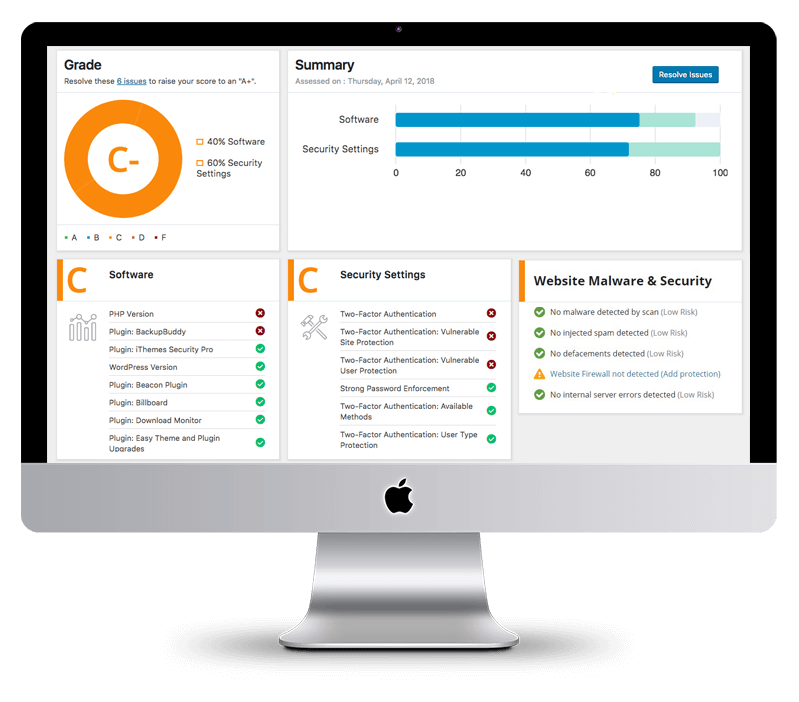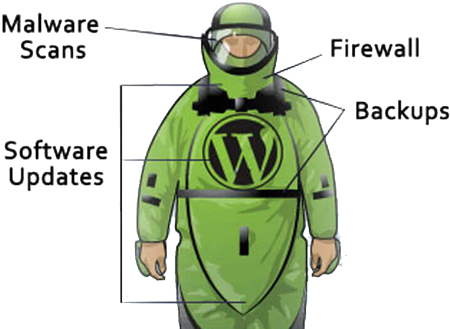Google searches are changing, and it’s a big deal. More than half of all searches now end without a click, meaning people get their answers right on the search results page. This is shaking things up for businesses that rely on website traffic. While some are panicking, smart marketers are seeing this as a chance to get ahead. People still buy things, they just find them differently now. This shift means we need to rethink how we get found online.
Key Takeaways
- Zero-click searches are the new normal: Over 58% of searches now end without a click, a huge jump from just a couple of years ago.
- It’s not the end of SEO, it’s an evolution: Businesses that sell things can actually benefit from this change.
- Understand the types of zero-click searches: Knowing the difference helps you figure out where the opportunities lie.
- AI Overviews are the main driver: These AI-generated answers are what’s really changing user behavior.
- Focus on the bottom of the funnel: While AI dominates top-funnel searches, there are still ways to capture buyers ready to purchase.
- Third-party mentions matter more than ever: Getting your brand seen on other websites is key for AI recommendations.
The Rise of Zero-Click Searches
It used to be that when you searched on Google, you’d click on a link to visit a website for the answer. But now, Google often gives you the answer right there. This means fewer clicks to websites, and that’s got a lot of people worried. Some experts are even saying it’s the end of the link-based web as we know it. Companies that don’t adapt could struggle.
But here’s the thing: if your business sells something, this shift can actually be a good thing. It’s all about understanding how people search now.
Back in 2022, about a quarter of desktop searches didn’t involve a click. Now, that number has more than doubled, with over 58% of US searches ending without a click on an organic result. That’s a massive change.
Understanding the Different Types of Zero-Click Searches
To win in this new landscape, we need to know what we’re up against. There are generally three main types of searches that don’t lead to a click:
- Direct Answers: These are simple questions like "What’s the weather today?" or searches for phone numbers, addresses, or reviews. Google provides the information directly in the search results.
- Feature Snippets: Google used to pull a snippet of content from a webpage to answer a question. You might see these less often now.
- AI Overviews: This is the newest type, where AI generates a summary answer. These are becoming more common and are a big reason why marketers are concerned.
AI Overviews are particularly impactful for searches that have a bit of commercial intent, even if they seem informational. For example, someone searching "How do I open a bank account?" is looking for information, but they are likely planning to open an account soon.
The Impact on Content Sites vs. Product Businesses
Traditionally, content sites built their business model on getting people to their pages to read information and then click through to a product or service, often earning a commission. Think of a site comparing bank accounts. If Google’s AI Overview now provides the answer directly, the content site loses that click and potential commission.
This is why media companies are so worried. Their traffic and revenue models are directly threatened.
However, businesses that actually sell products have a different outlook. They can still win. The key is to ensure your product or brand is featured when someone is ready to buy.
How to Win with Zero-Click Searches
Let’s look at an example: searching for "best spurge weed killer." This search has commercial intent because the user will likely buy weed killer.
<figure>
<img src="https://images.unsplash.com/photo-1593079830257-c0473337717c?ixlib=rb-4.0.3&ixid=M3wxMjA3fDB8MHxwaG90by1wYWdlfHx8fGVufDB8fHx8fA%3D%3D&auto=format&fit=crop&w=1170&q=80" alt="Gardener applying weed killer to a lawn">
<figcaption>Optimizing for AI Overviews can help your products get featured.</figcaption>
</figure>
Even with an AI Overview at the top, the website of a client selling weed killer is featured in the links within that overview. Some users will click for more info. More importantly, if the AI recommends a specific product, like "Celsius WG," and that product is sold on your site, the user will click through to purchase it from you.
The goal is to make sure your store, brand, or product is the one featured when a customer is ready to buy. This is how businesses can see significant growth, even with AI search changes. One large client saw a 35% increase in visibility in just six months by optimizing for these AI searches.
Another client, Zugu, is a great example. When you search for "recommend me an iPad Air case," Zugu is often featured prominently, showing how product-based businesses can thrive.
Optimizing for the New Search Landscape
Think of the customer journey as a funnel:
- Top of Funnel (Informational): Searches like "What is grass?" are where AI Overviews will likely dominate. Users just want quick answers.
- Middle of Funnel (Consideration): Searches like "What are the different types of weeds?" involve more research. Content that influences AI Overviews can capture traffic here.
- Bottom of Funnel (Purchase Intent): Searches like "What’s the best product for this need?" are where you want your products to be featured. This requires content focused on comparisons, pricing, and the buying process.
To get your content into AI answers, you need strong SEO, great content, and mentions across the web. This includes digital PR – getting your business talked about on other reputable websites.
<figure>
<img src="https://images.unsplash.com/photo-1551288049-bebda4e38f71?ixlib=rb-4.0.3&ixid=M3wxMjA3fDB8MHxwaG90by1wYWdlfHx8fGVufDB8fHx8fA%3D%3D&auto=format&fit=crop&w=1170&q=80" alt="Person using a laptop with search results on screen">
<figcaption>Focus on getting your brand mentioned across the internet.</figcaption>
</figure>
Even for branded searches like "Is Exposure Ninja a good marketing agency?" AI Overviews pull information from many sources, not just your own website. This highlights the importance of third-party mentions.
Your Strategy for Winning
So, how do you win at zero-click search?
- Get Featured: Aim to have your website linked in AI Overviews whenever possible. This captures any clicks that do happen.
- Build Third-Party Authority: Get your brand, business, and products mentioned on other high-authority websites. AI tools look at these mentions when making recommendations.
This is a new approach, and many businesses aren’t adopting it yet. There will be winners and losers. The losers will complain about traffic drops from outdated content. The winners will seize this opportunity to grow their sales.
If you want to be a winner in this new search economy, consider how you can adapt your strategy. Focusing on getting your brand and products recommended across the web is the path forward.

Rodney Laws is an ecommerce expert with over a decade of experience helping entrepreneurs build and grow online businesses. He specializes in reviewing ecommerce platforms, optimizing user experience, and guiding brands toward higher conversions. His insights have been published on leading industry sites including UsabilityGeek, G2, Spendesk, and PPC Hero.
As the editor at EcommercePlatforms.io, Rodney combines hands-on knowledge with clear, actionable advice to help business owners choose the right tools and strategies. When he’s not testing the latest software or analyzing trends, he’s sharing practical tips that make complex ecommerce decisions simple.




